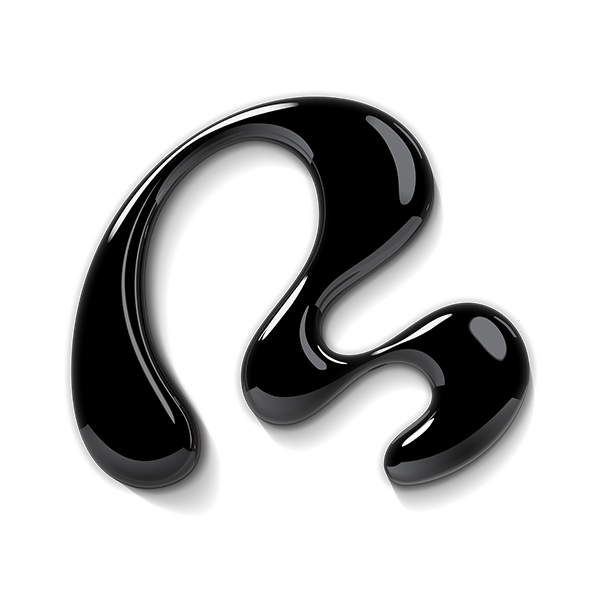Sofwave is a noninvasive skin rejuvenation treatment that's FDA cleared to:
- lift the eyebrows
- firm and lift lax tissue on the neck and under the chin
- improve the appearance of facial lines and wrinkles
- reduce the appearance of cellulite
- treat acne scars
The skin tightening treatment uses high-intensity fractional ultrasound to heat the tissue in the mid-dermis (the lower layers of skin), which triggers the body’s healing response and stimulates new collagen production to improve mild skin laxity.
Since Sofwave’s energy bypasses the outer layer of skin (the epidermis), the treatment comes with no downtime and no reported side effects for most patients, though some do have mild swelling for a day or two, according to Dr. Ron Shelton, a dermatologic surgeon in New York City.
Most people need only a single session to see an improvement, though as with similar procedures that rely on new collagen growth, results can take three to six months to appear, and maintenance treatments are recommended.
Pros
- It’s a safe, noninvasive way to gently firm tissue and smooth the skin, often with visible results after one treatment.
- In the initial Sofwave clinical study, providers reported that 88% of patients had a significant improvement in the appearance of facial wrinkles; 72% of patients were happy with their results.
- In a more recent study of the treatment's lifting effects on the eyebrows, neck, and submental tissue (under the chin), 80% of patients reported an improvement in 12 weeks.
- In a multicenter study, 97% of subjects showed improvement in the appearance of acne scars, following 3 treatment sessions.
- A series of two treatments, performed four to six weeks apart, can also improve the appearance of mild cellulite.
- The FDA-cleared Sofwave device covers a large area, making for a quick, 30 to 60-minute treatment.
- Downtime is minimal; you'll be able to return to normal activities right away.
- It’s suitable for all skin types and tones and generally safe for melasma.
Cons
- As with similar skin rejuvenation treatments, it takes three to six months for the new collagen to fully develop.
- Results aren’t permanent. The aging and sagging process continues as you age, so if you want to keep up your results, you can expect to need maintenance treatments every six to 12 months.
- It won’t offer anywhere near the same level of lifting and smoothing as more invasive procedures for skin laxity, such as a surgical facelift or neck lift.
- Average Cost:
- $2,418
- Range:
- $1,000 - $4,500
The price you pay will depend on your provider's credentials, level of experience, and location, as well as the specifics of your treatment plan.
In cities like New York and Boston, it’s not unusual for providers to charge upwards of $5,000 for a single Sofwave treatment.
The best candidates are in their 30s or older, with mild to moderate fine lines and wrinkles, some sagging neck skin, or mild jowling around the jawline. In fact, many patients in their 60s can benefit from Sofwave skin tightening, according to Dr. Shelton.
The treatment is suitable for all skin tones.
Sofwave uses an ultrasound beam to heat the tissue at a depth of 1.5 mm under the skin. The heat creates controlled damage, which stimulates the body’s healing response, jump-starting new collagen production and remodeling existing collagen.
Collagen, a tightly wound peptide chain of three amino acids, makes up as much as 80% of skin. In the dermal layer, collagen creates the framework that connects cells to each other, preserving skin’s volume, elasticity, and moisture.
The body’s collagen production and elastin synthesis naturally begin to slow in your 20s, and environmental factors like sun damage and free radicals accelerate the breakdown of these structural proteins. Thinning collagen and elastin weaken skin’s structure, leading to fine lines, wrinkles, and skin laxity.
Sofwave’s fractional ultrasound heat contracts the collagen in your skin and stimulates the tissue repair response in your fibroblast cells, which ramps up new collagen production.
The result is often tighter, more lifted skin with fewer fine lines and wrinkles. The treatment also offers some skin-thickening effects that can reduce the appearance of mild cellulite and acne scars.
A typical treatment session takes 30 to 60 minutes, depending on whether you’re treating your eyelids, lower face, full face, or neck. It may take longer if multiple areas are treated.
Your doctor may start by applying a topical anesthetic cream to the treatment area. Some providers offer ProNox (laughing gas) instead of or in addition to numbing cream.
Once you’re comfortable, they’ll wipe clean the skin and apply an ultrasound conductive gel.
They’ll move the Sofwave handpiece across your skin’s surface, to transmit the ultrasound energy throughout the skin. You’ll feel some warmth, but the cooling mechanism and the anesthetic should keep you comfortable.
Some patient reviewers on RealSelf report little pain during the treatment, while others say it was excruciating, or so painful that they almost ended the treatment early—despite having numbing cream, ibuprofen, and nitrous oxide (laughing gas).
Your skin will be numbed with a topical anesthetic, and the device has a built-in cooling mechanism to offset the heat, protect the epidermis, and prevent burns.
That said, if you’re being treated on a higher setting and are concerned about pain, you may want to request oral sedation and/or nitrous oxide. Some providers also use external devices that blow cold air on the skin during treatment, to further reduce discomfort.
Since there’s no ablation (skin removal) or epidermal wounding, downtime after a Sofwave treatment is minimal. You can expect to resume your normal activities and skincare routine right away.
According to clinical testing, the treatment has no adverse events, so you shouldn’t have any bruising, ulceration, or hyperpigmentation issues post-treatment.
Both Sofwave and Ultherapy use ultrasound energy to boost collagen production, reducing fine lines while firming skin. However, there are a few key differences between the two treatments.
- Sofwave uniformly heats skin at a controlled depth of 1.5 mm, while Ultherapy can treat variable depths: the superficial dermis at 1.5 mm, the deep dermis at 3 mm, and the SMAS/platysma muscles at 4.5 mm.
- Sofwave’s 1.5 mm targeted depth can be less painful than Ultherapy’s energy at 3 mm and 4.5 mm. By targeting this precise depth, Softwave reduces facial wrinkles, while minimizing damage to more superficial and deeper structures and preserving facial fat.
- A 2017 study published in Lasers in Surgery and Medicine reported inflammation and swelling in those who’ve received traditional focused ultrasound treatments such as Ultherapy. Sofwave, on the other hand, uses proprietary parallel beams, resulting in less inflammation and swelling.
- Sofwave also has a built-in cooling mechanism to chill and protect the surface of the skin.
- The Sofwave device also allows the doctor to address larger treatment areas at a time than with Ultherapy, which shortens the length of the procedure.
That being said, Ultherapy has been used for many years, so its results and risks are well-known. Sofwave is newer to the market and doesn’t yet have the same history of efficacy. It’s also less widely available, though more practices are adding it to their facial rejuvenation offerings.
Talk with a provider you trust about which treatment they’d recommend for you.


